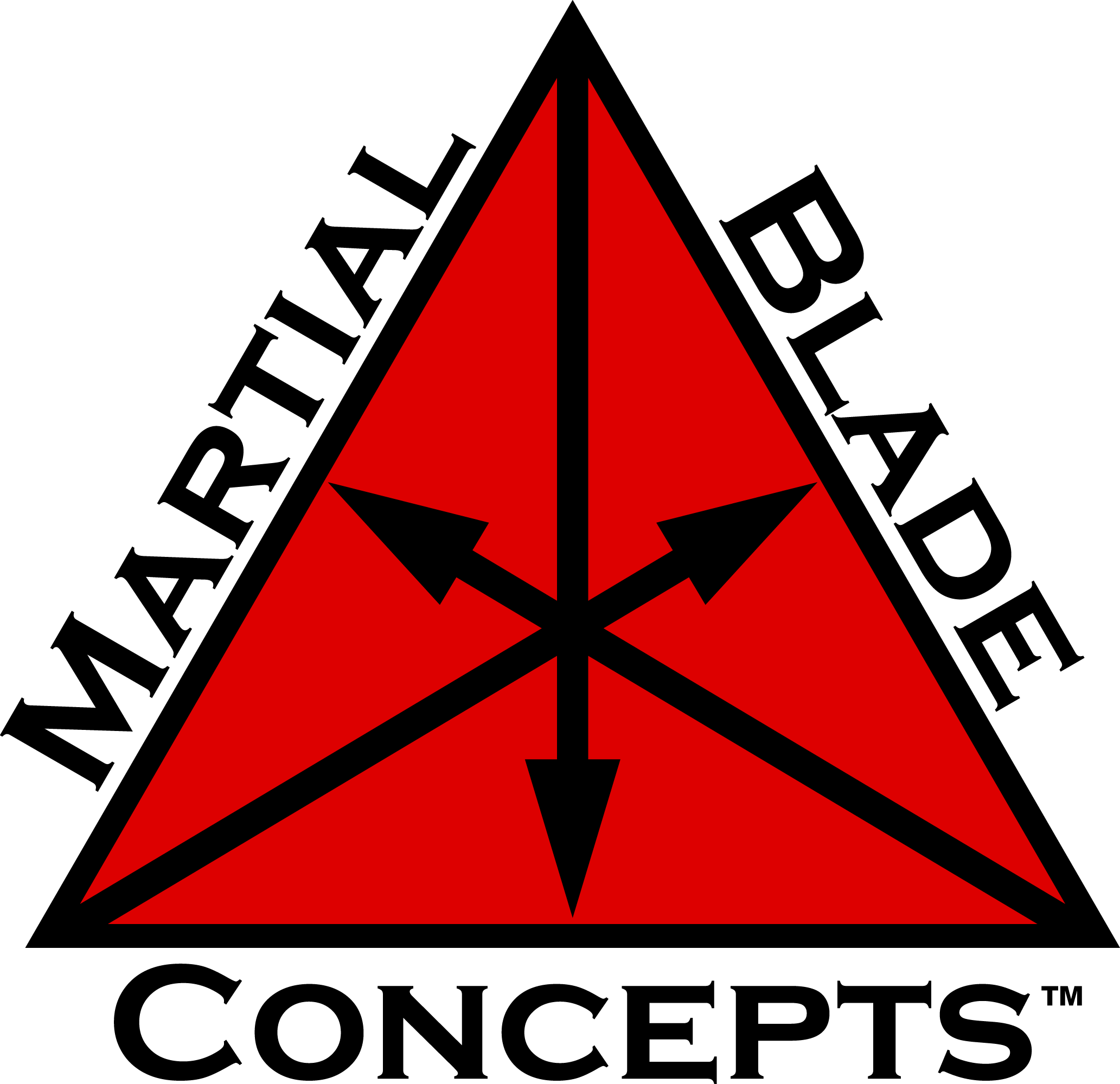I'm Back-Solo Training
First of all, I’d like to apologize for not posting in a while. Life has taken some interesting turns in the past few months and my priorities changed pretty radically. Although it’s a long story best told over many drinks (which stories aren’t?), in short, I pursued a business opportunity in the knife industry. In the process, I was betrayed and ended up losing two jobs within 2-1/2 weeks.
What does all that have to do with training? Well, while scrambling to adapt to the changes, there wasn’t much time for training—especially with my normal group of private students. To keep my head in the game, I played the game in my head. In other words, I used visualization and solo training as my primary form of practice.
In its basic form, solo training means doing the same things you’d do with a partner, but without a partner. I know that sounds pretty obvious, but it’s really that simple. If you’ve done any partner training, you have a base of experience to draw from. You know what an attack looks like coming in and you have a first-person reference as to what you did to react to it. Using that knowledge, your job is to create a vivid, realistic stimulus through visualization that replicates that experience with a partner.
The key to making this process work is developing a true understanding of the mechanics of your technique and relating them to your partner/attacker’s position. For example, let’s consider the first basic defense I teach in MBC: a pass against angle 1 attack. When your partner attacks with an angle 1 (let’s assume it’s right handed, so a high, right-handed forehand attack), your first response is to move back out of range by sliding your left foot back, then your right (again, assuming you’re right handed and in a right lead). As you do that, you should also counter by cutting with your own angle 1 to the inside of his wrist/forearm. His arm will continue past and your knife hand will also cross your centerline.
You are now looking at the back of his arm with your knife chambered for a backhand cut—either an angle 2 or 4. Slide your right foot forward to close the distance again and turn your hips and shoulders to your right. This will power a backhand cut to his triceps and, as you continue to rotate to your right, a check to the back of his arm with the back of your left forearm. Since your arm is short when it’s bent, you’ll need to close the distance further to make that check work, so as you extend it, step forward with your left foot, putting your whole body behind the check.
You are now chambered for a forehand angle 3. Step to your left with your left foot as you thrust low into the inside of his thigh. Drop your right elbow to your ribs to turn your hand palm up—the comma cut—and then rotate your hips to your left as you walk forward with your right foot.
If you were able to read and follow all that, you can also replicate the movements in solo training. First, isolate the footwork and practice it. Slide your left foot back, then your right to evade. Slide your right foot forward to close the distance, and then step forward with your left to close even further. Step out (to about 10 o’clock) with your left and then walk forward on that line with your right.
Work the footwork flow until it feels comfortable, and then add the cuts into it. Cut with a forehand angle 1 as you slide back, a backhand 2 as you slide forward, check with the left forearm as you step with your left foot, then step out with your left foot and thrust with the angle 3 to the thigh.
Once you have the basic mechanics integrated with the footwork, really visualize the targets you’re cutting and try to feel the cuts as part of your motion. Then, when everything is moving well together, visualize a faster, more intense attack and respond appropriately, upping the intensity of your movement to match.
Practice your solo responses to a specific angle until they become fluid. Then work on a different angle and build your skills the same way. Once you’ve worked through all the angles, imagine random attacks coming in at you and practice expressing your skills in a non-linear format. Anticipate likely follow-up attacks and chain your responses into combinations. Finally, imagine attacks from the flanks and learn to pivot and apply your skills in three dimensions.
Good solo practice keeps you training—even when you don’t have a partner—and it keeps your head in the game. It can also be both a therapeutic and empowering means of dealing with life’s stresses. When I was sitting across the table in negotiations with would-be employers who were actively breaking promises that affected me and my family, it was incredibly difficult NOT to jump out of the chair and do some “wall-to-wall counseling” on them. However, when I let my mind wander and considered the skills and the capability my training provides, I couldn’t help but smile. And the attitude behind that smile—that my hosts’ well-being was clearly contingent upon my restraint—enabled me to play the game better and ultimately win that battle.
So how did it all end up? Well, I am now very happy to be the Special Projects Coordinator for the Spyderco knife company of Golden, CO. I have carried and trusted Spyderco products for years and I am both proud and grateful to be a formal member of the Spyderco family. I am also relieved to know that I’m investing my personal integrity in a company that deserves it and shares the same commitment.
Train hard. Stay safe.
Mike
